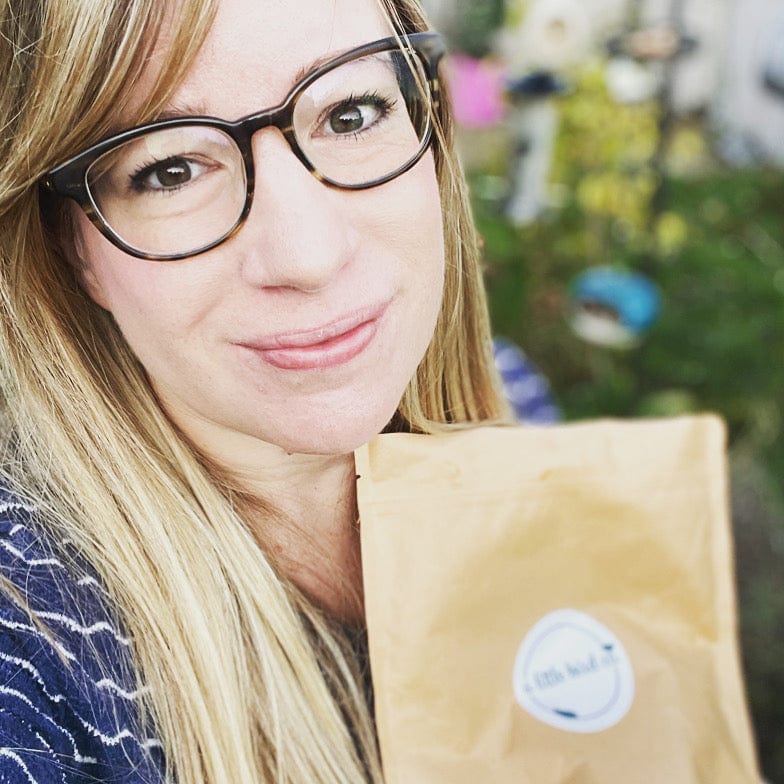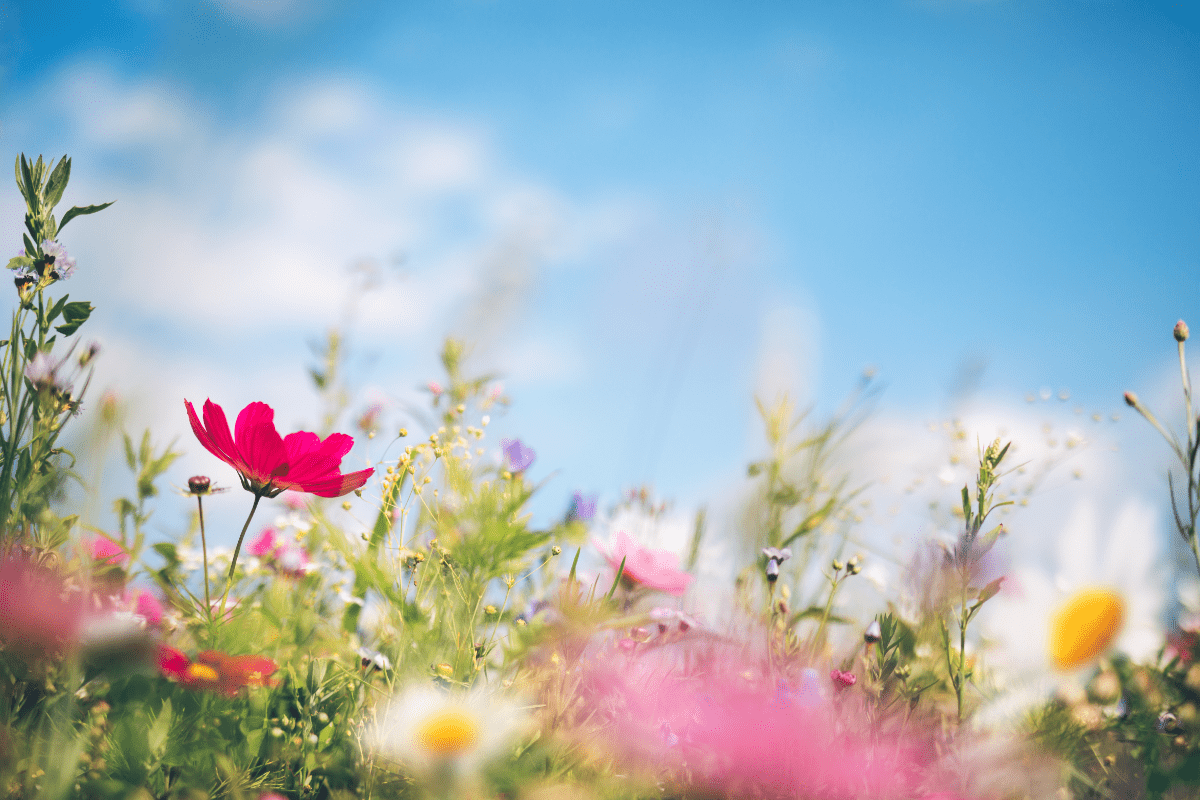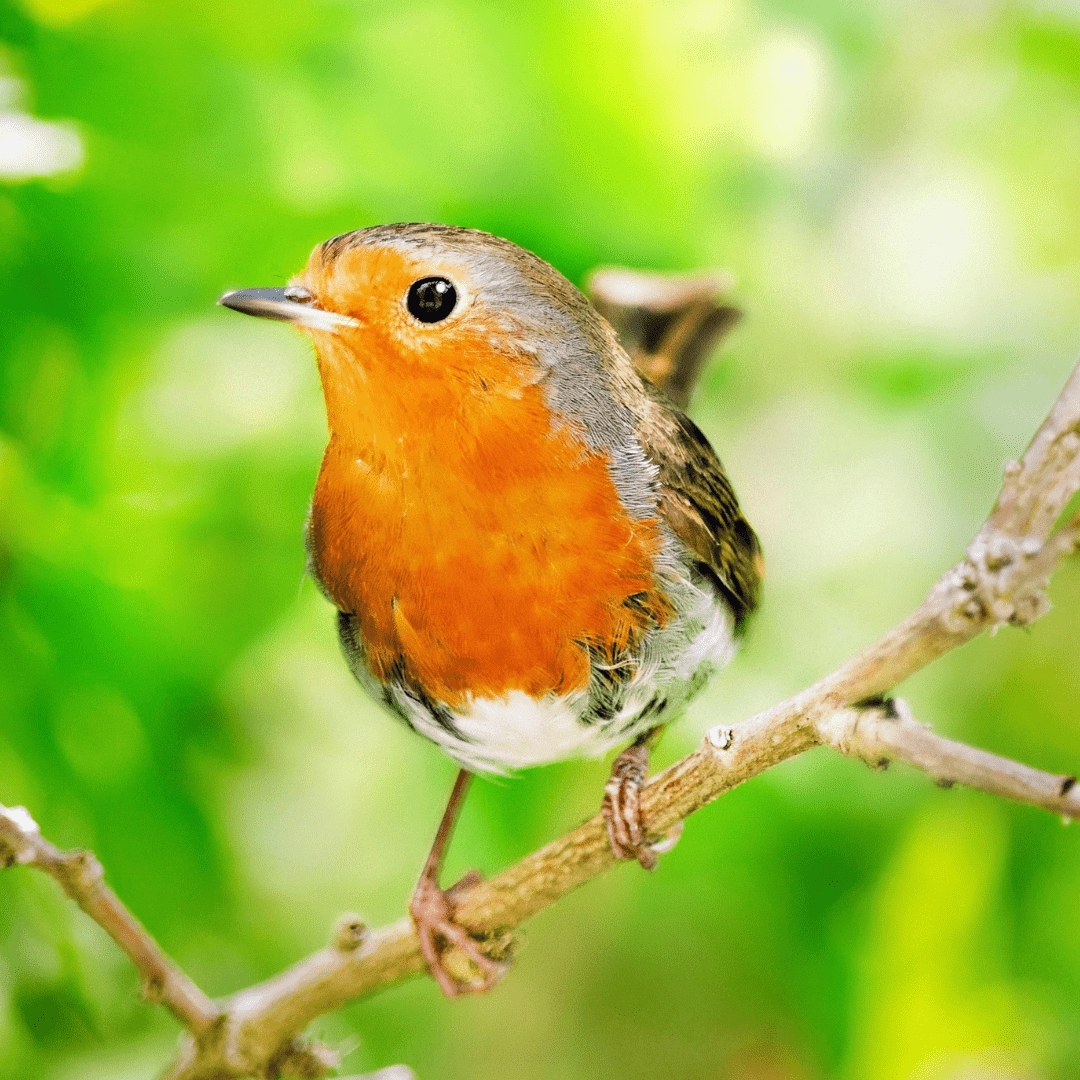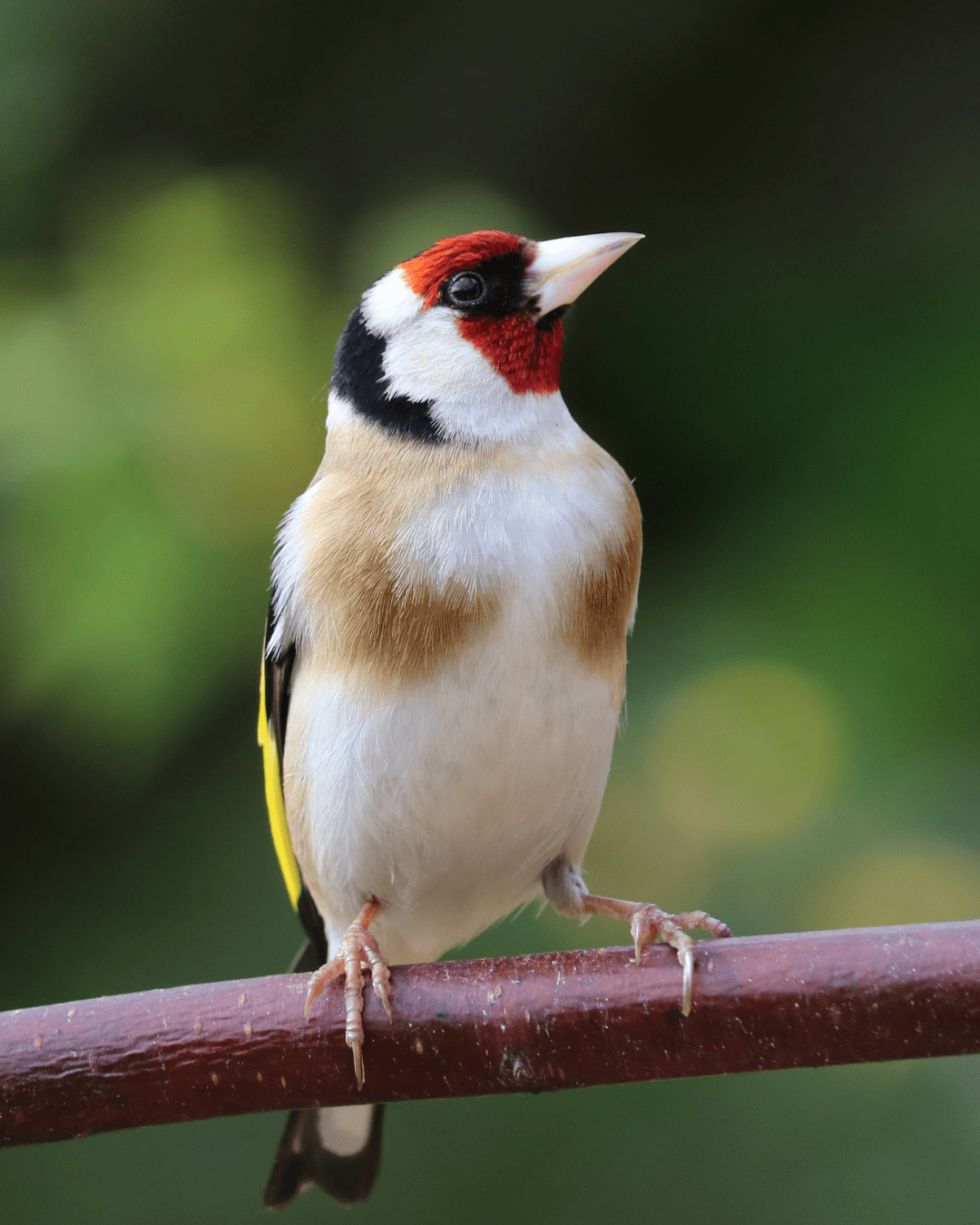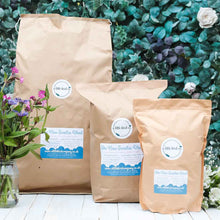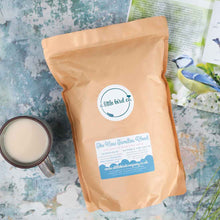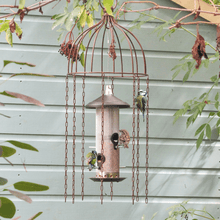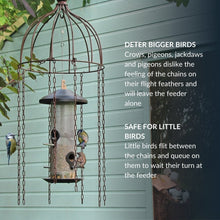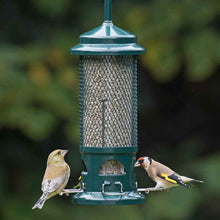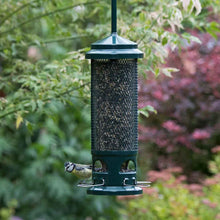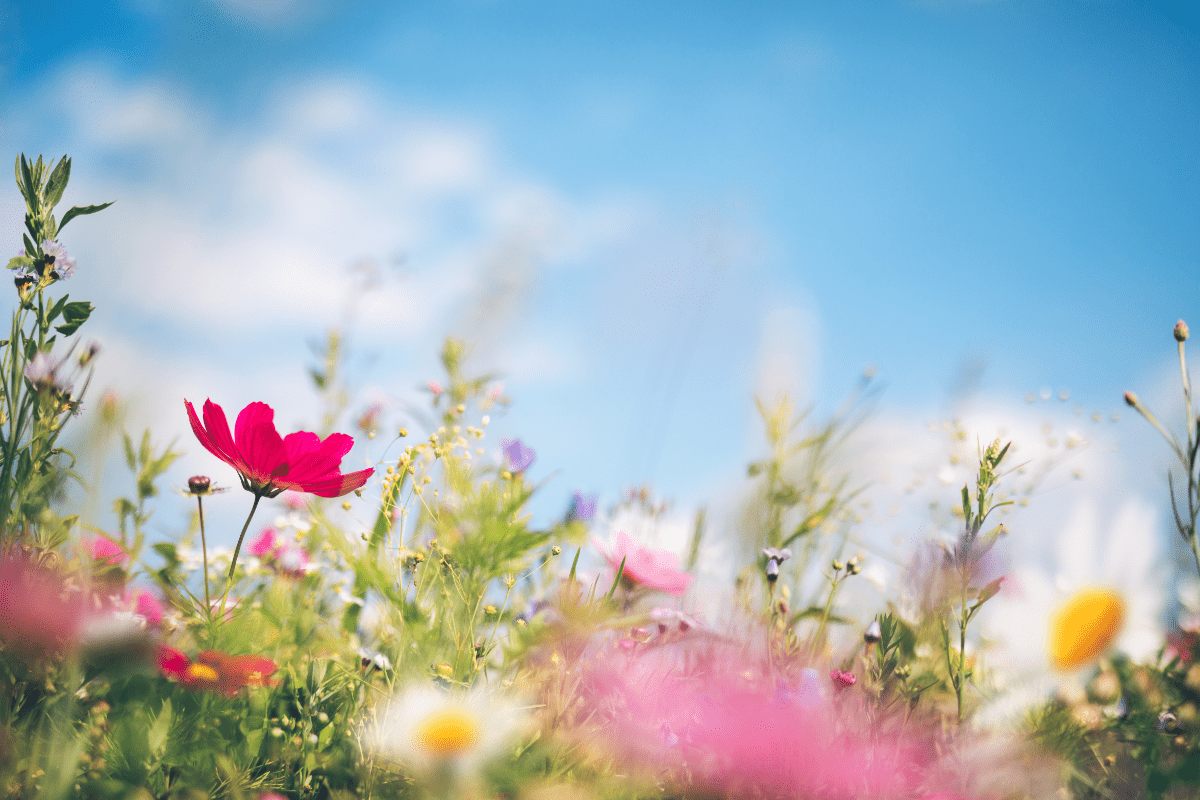A Garden Birdwatcher’s Guide to the Dunnock
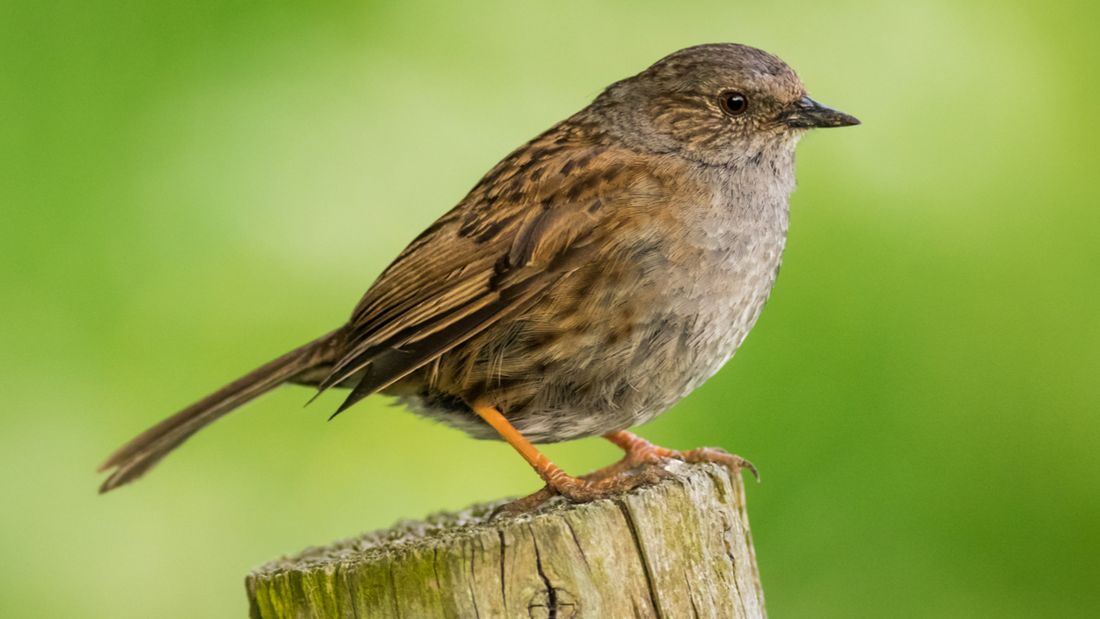
If you’re ever out on a walk and hear a gentle rustling in the undergrowth, pause and take a closer look – what sounds like a mouse might well be a dunnock, creeping through the brambles and hedges. Dunnocks are shy, ground-feeding birds that often go unnoticed, which is a pity as they’re surprisingly pretty, with soft brown feathers streaked with grey, a slender bill and a quietly lovely reedy song. The name “dunnock” comes from Old English, meaning “little brown one,” though the Anglo-Saxons called them hegesugge – hedge sucker – a wonderfully descriptive name given how often you’ll see them flicking about low in shrubs and thickets. They're sometimes mistaken for sparrows and have even been called “hedge sparrows” or “foolish sparrows” – the latter because of their tendency to raise cuckoo chicks as their own. In reality, they’re not sparrows at all, but members of the accentor family, and have quite different habits and physical features, including their slimmer, more insect-friendly beak.
You’re most likely to spot a dunnock foraging under a bird table or hopping quietly along the hedge base, snatching seeds, small insects, spiders and worms. Unlike their more gregarious cousins, they rarely compete for space on feeders, preferring to scuttle in, grab a fallen seed and vanish again into cover. Though native to Europe, they’ve been introduced to New Zealand, and in the UK they’re amber-listed, with around 2.5 million territories. Dunnocks are fascinating in their social structure – they are notably not monogamous. A single female may mate with several males, who will each contribute to feeding the young under the hopeful assumption that some of the chicks might be theirs. Males form complex hierarchies and are surprisingly territorial, especially the older, more dominant birds. Nesting takes place low down in a hedge or bush, with the female constructing a neat nest of moss and twigs, lined with feathers and wool. She’ll raise two or three broods a year, laying three to five beautifully unmarked blue eggs, which are incubated for about two weeks. The chicks fledge at twelve to fifteen days, and often a brood may include an imposter – a cuckoo egg, which replaces one of her own. In Irish folklore, the dunnock is called Bráthair an dreoilín, the wren’s brother, and their eggs were once strung up as charms to ward off evil spirits – an old tradition for a quiet bird with a surprisingly complex and captivating life.
Ready to deepen your connection with the birds in your garden? Discover more about your feathered friends and how to attract them to your space with Amidst the Birdsong: A Garden Birdwatcher's Journal. This beautifully crafted journal is the perfect companion for anyone looking to observe and learn about the birds visiting their garden. Start your birdwatching journey today – click here to learn more.

